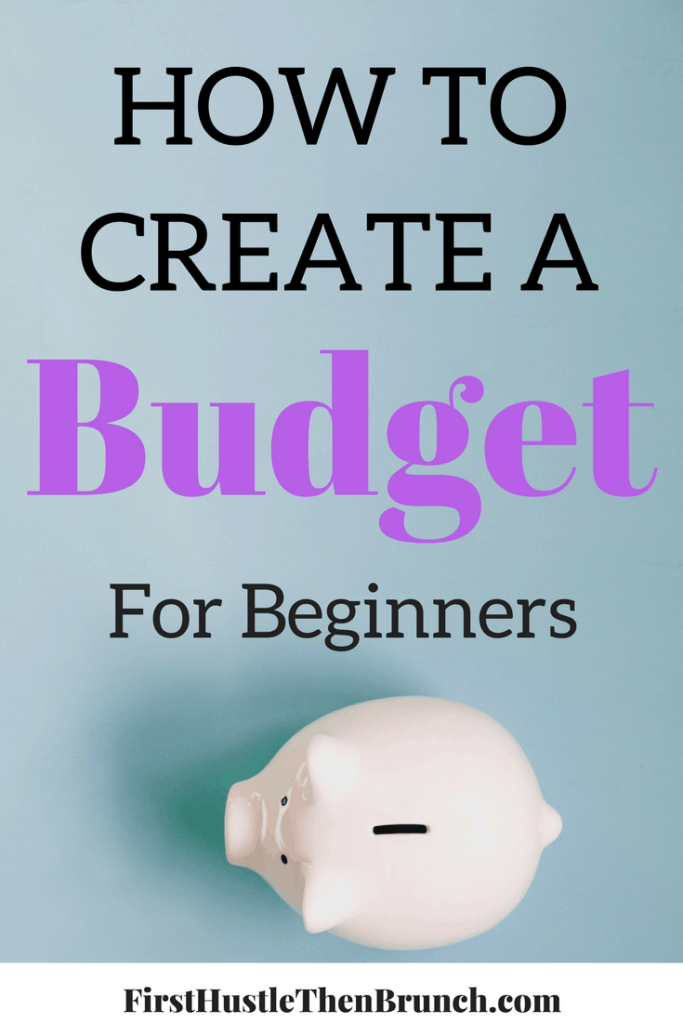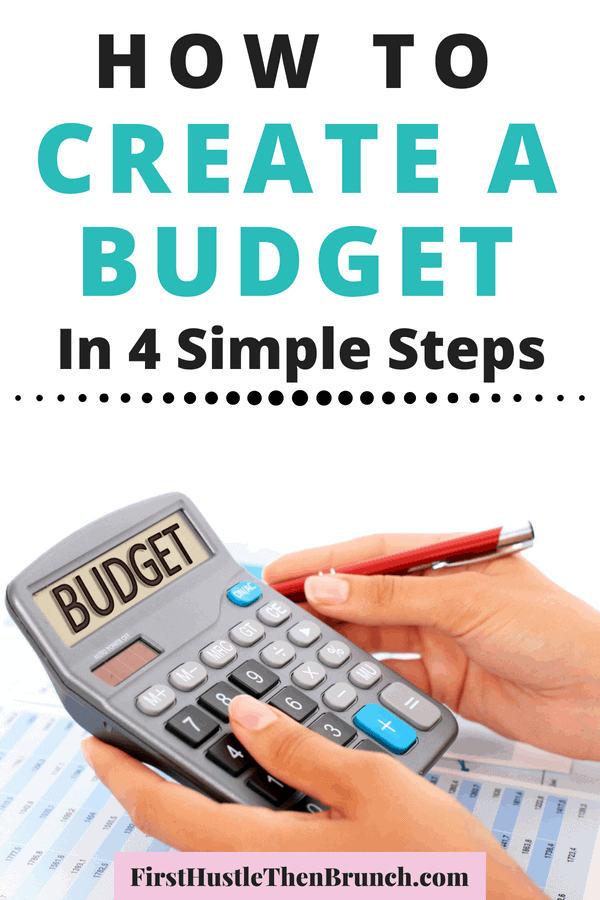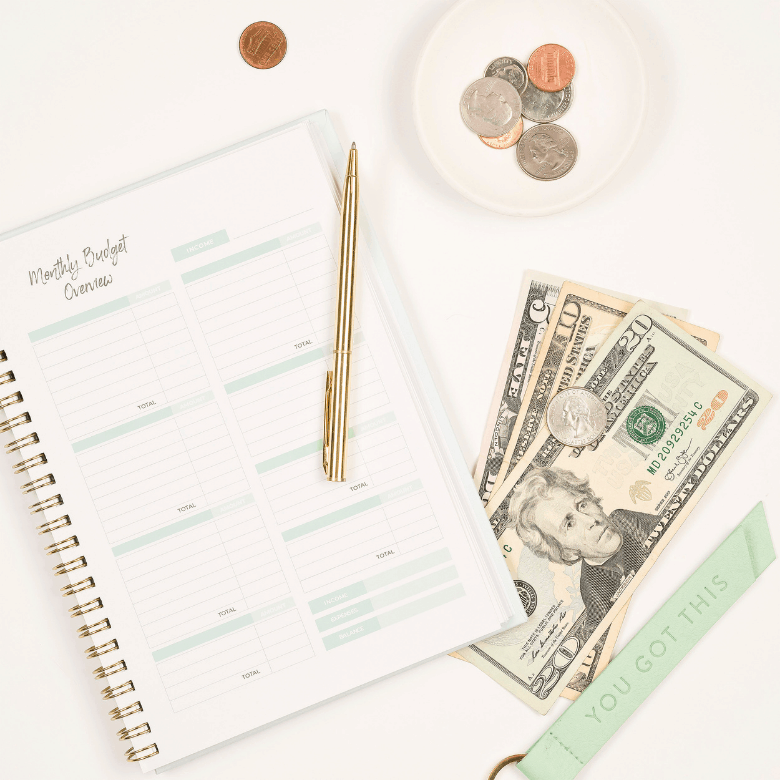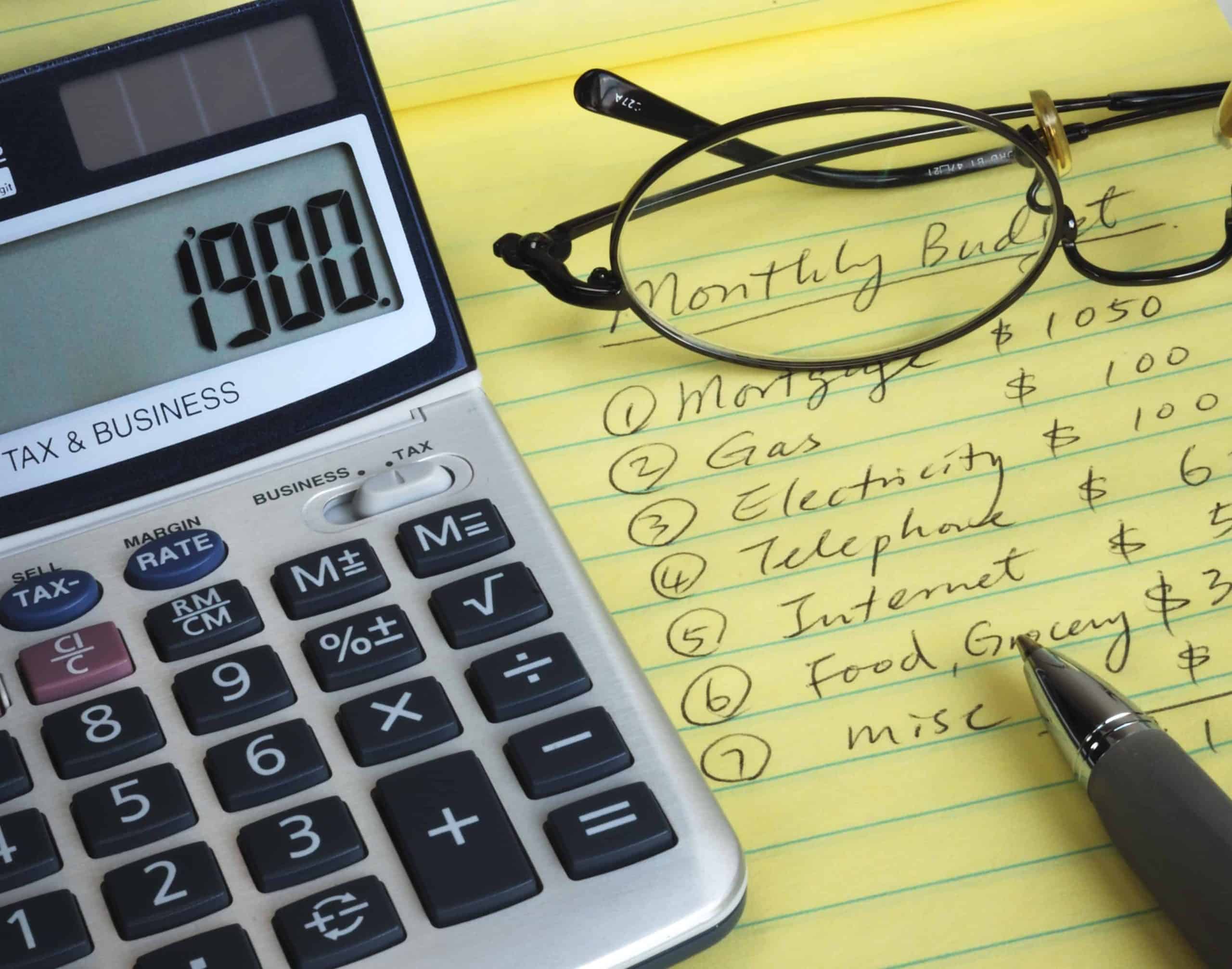How to Create a Budget in 4 Simple Steps
I’m sure you’ve heard that one key to financial success is to master budgeting. If you’ve never created a budget, this can be a daunting task. However, if you stick with it, budgeting will become less stressful, and it can help you achieve your long-term financial goals. There’s a quote from John C. Maxwell that really changed my mindset towards budgeting.
He said, “A budget is people telling their money where to go instead of wondering where it went.”
RELATED: How to Create a Budget that Works
How to Use a 50/20/30 Budget to Achieve Your Financial Goals
Some of the links in this post are affiliate links. We may receive compensation when you click on links to products at no extra charge to you. View our full disclaimer.
How to Create a Budget in 4 Simple Steps
A couple of years ago, I was totally that person that had no clue where all my money went at the end of the month. I’ve since gotten a lot better at managing my money, but it is a skill that you must keep practicing to improve.
Keep in mind that your budget is YOUR BUDGET. That means you make the rules. If you want to spend $1,000 on Entertainment, go for it (although I wouldn’t recommend it). I think one reason people avoid using a budget is that they are afraid of failure. I felt the same way!
I told you that I went WAY over on my food budget in my first debt repayment update. Yes, I was disappointed. But it wasn’t the end of the world. I shifted some things around and still spent less than my income that month. After hearing from readers and doing my own research, I realized that my food budget was too low. This month I increased my food budget to reflect reality and not what I wish my spending looked like. In my experience, there’s a lot of trial and error with budgeting, and that’s okay!

Budgeting for Beginners
Step 1: Determine your income
To create an effective budget, you must know how much you’re earning and spending. Start by listing your income by source (wages, child support, rental income, etc.).
Ideally, you should have more than one source of income. In fact, Dave Ramsey says, “Your income is your greatest wealth-building tool,” so figure out how to make the most of it!
For example:
- Salary = $2,500
- Side Hustle = $500
- Total = $3,000
If your income is unpredictable, meaning you don’t get a regular paycheck every two weeks, take an average of your income from the past 3 months & use that as your expected income for this month.
Step 2: List your monthly bills
Fixed expenses are those that you must pay each month, including rent/mortgage, insurance, credit card debt payments, savings, utilities, groceries, childcare, medical expenses, etc.
For example:
- Rent = $800
- Health Insurance = $150
- Auto Loan = $300
- Credit Card = $50
- Savings = $100
- Daycare = $500
- Groceries = $200
Most of these amounts will stay the same each month. Groceries will vary; however, you HAVE to eat. That’s why I’ve included it with the rest of your bills.
I also believe that you should “pay yourself first” by contributing to your savings before spending money elsewhere. It’s even better if you can set up automatic deductions from your paycheck that are deposited directly into a separate savings account. I always recommend using high yield savings accounts, which pay higher interest rates than traditional savings accounts.
For example, you can set up an emergency fund or set money aside to pay for college. If you save this money in a separate bank account before it ever hits your checking account, you’re more likely to meet your savings goal.
Step 3: Where do you spend your “fun money”?
Make a list of things that you spend money on regularly (but will not incur a penalty if you don’t pay). These categories are called variable expenses, and they can be trimmed if you need extra money to pay bills in Step 2.
For example:
- Entertainment = $100
- Dining Out = $80
- Taxi Service = $60
- Music Subscription = $10
- Clothes = $50
Step 4: Play with the numbers
Once you have it all written out, do this easy calculation: Income – Expenses.
If you:
- Get Zero: You have exactly enough money to cover your monthly expenses. This can be a good thing if the budget meets your savings and/or debt payoff goals. Otherwise, you may feel like you need a little more wiggle room.
- Get a Positive Number: You spend less than you make. Congratulations! Add the additional funds to a savings account or throw it at your debt!
- Get a Negative Number: This means you are spending more than you make and should trim expenses or increase your income.
Focus primarily on lowering expenses so that you can funnel more money into your savings account or get out of debt! Some ideas to save money are below:
- Cancel magazine and/or box subscriptions
- Meal prep to avoid eating out as frequently
- Cut the cable cord and use SlingTV or Netflix instead
- Consider getting a side hustle (or two)
- Negotiate your bills (companies will want to keep you as a customer)
- Commit to checking Rakuten before going shopping
Create A Budget that Works
Congratulations – you’re one step closer to achieving your financial goals!! That wasn’t so bad, was it!? To be successful, personalize your budget, make it realistic, and be consistent. We’re not aiming for perfection here. You’ll get better and better at it, though. Plus, spending money is more fun when you know you can afford it!
If you are looking for budget templates, The Ultimate Budget Binder can help you organize your finances and achieve your financial goals! Qube Money is another great tool to help you manage your cash digitally.
What are your favorite budgeting tools? Do you have any other tips for beginners?










